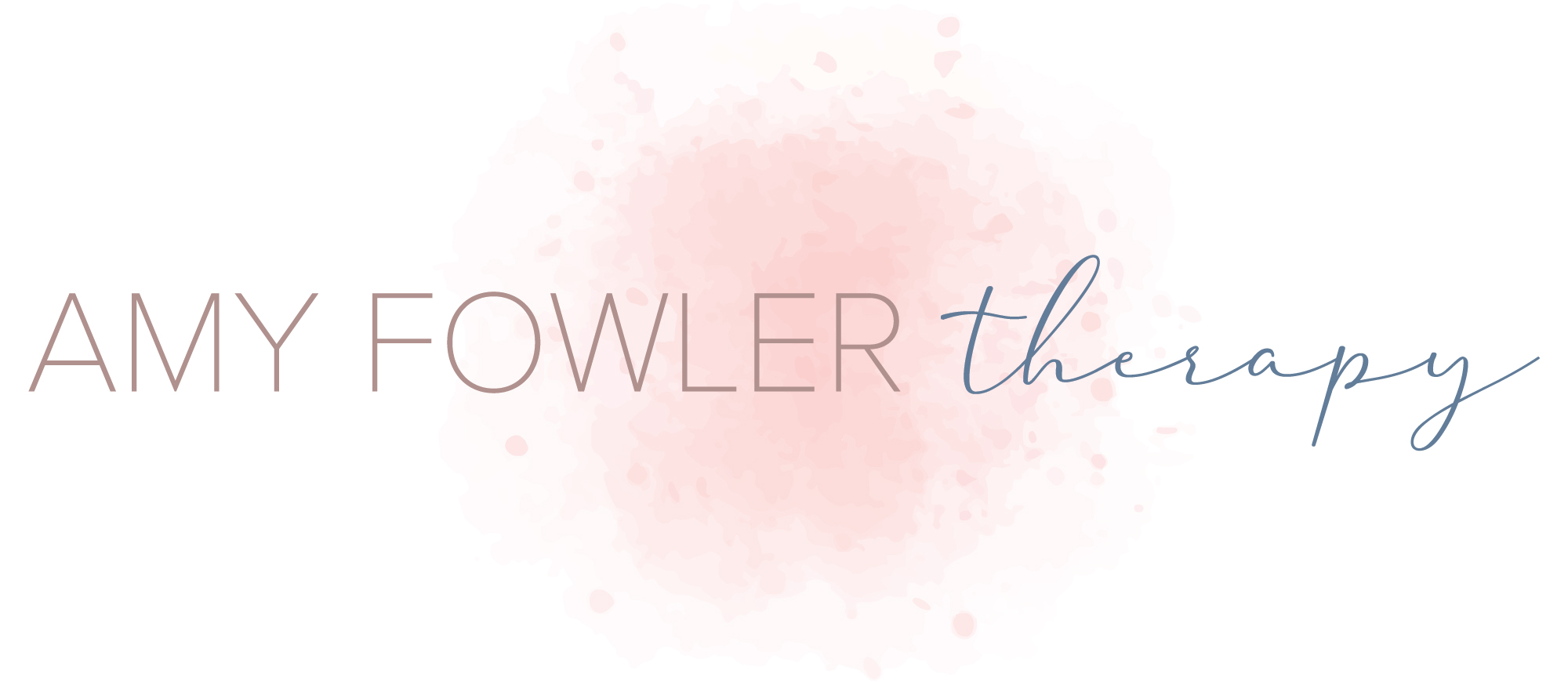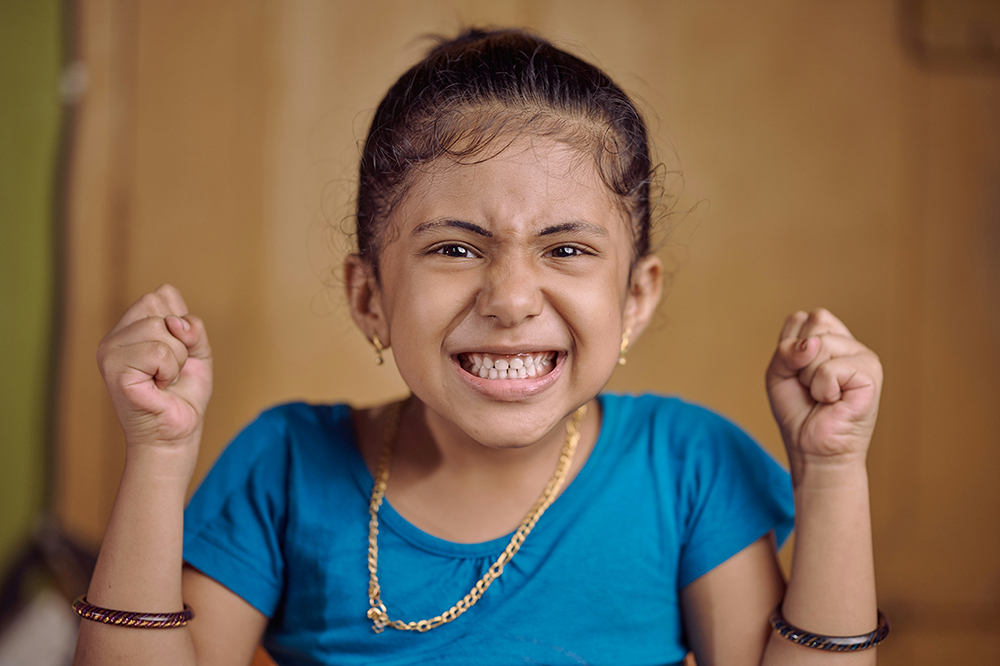When Is Your Child’s Anger Not Really Anger?
Imagine this: Your child’s school calls about an outburst, or you witness a sudden explosion of anger at home. As a parent, you’re baffled by how disproportionate their reaction seems to the apparent trigger. Your instinct might be to discipline your child or lecture them about controlling their anger.
But what if anger isn’t really the root cause? Often, the real cause of a child’s anger is something that, to them, feels a lot like anger but is actually FEAR. I see this frequently when I do child therapy,
Anger and outbursts in children can often mask underlying fear and anxiety. Understanding this connection is crucial for effectively supporting and guiding your child through their emotional challenges. Here are the key reasons and mechanisms by which anger can serve as a mask for a child’s fear.
Why Does Fear Manifest as Anger?
There are four reasons fear often manifests as anger:
1. Fight or Flight Response
Children’s brains can trigger a fight or flight response when they perceive a threat, whether real or imagined. This response is generated by a part of the brain called the amygdala, which floods the body with stress hormones like cortisol and adrenaline. This “caveman brain” prepares a child to either confront or escape the danger. In many cases, this physiological reaction manifests as anger, tantrums, or aggression, which is the “fight” part of the response. Often, all of a child’s fear energy they don’t know how to process builds up to the point of them exploding in an outburst. In other words, they “flip their lid.”
2. Difficulty Expressing Emotions
Children often lack the vocabulary and emotional intelligence to articulate their fears and anxieties. When they feel overwhelmed by these emotions, they may express them through anger because it is a more straightforward and immediate way to communicate distress. This is especially true for younger children who have not yet developed the skills to identify and verbalize their complex feelings.
3. Internalizing Fears
Some children internalize their fears and anxieties, leading to a buildup of stress that eventually erupts as anger. This can occur when children set high standards for themselves and feel immense pressure to meet them. When they inevitably fall short, the internalized stress and fear can result in angry outbursts.
4. Negative Thoughts and Self-Talk
Children with anxiety often experience high levels of negative thoughts and self-talk. These negative internal dialogues can lead to feelings of frustration and helplessness, which may be externalized as anger. The anger serves as a distraction from the underlying anxiety, allowing the child to momentarily avoid dealing with their fears.
Identifying the Root Cause of Anger and Fear
1. Patterns and Triggers
I tell parents to note when and where the anger outbursts occur, which can provide clues about the underlying anxiety. Observe when your child might have a meltdown because of a fear of:
- unfamiliar situations
- new challenges
- social rejection or ridicule from peers
- academic failure or disappointing others
- being embarrassed in front of peers
- family instability or loss of security
- overwhelming sensory experiences
- unexpected changes or loss of routine
- losing control or being powerless
- physical discomfort or deprivation
- not being able to meet expectations or organize tasks
- unclear boundaries
- making mistakes or being imperfect
- being bullied targeted or victimized by others
- being overwhelmed by responsibilities
- abandonment or being left alone
- illness or bodily harm
- being misunderstood
- not living up to one’s own high standards
- running out of time or being late
- not being valued or taken seriously
- violence or danger (real or perceived)
Identifying these patterns can help parents and caregivers understand the specific fears driving the anger. Noting these can provide good parental input for your child’s therapist, because he or she can address them specifically in future sessions
2. Physical Symptoms of Anxiety
Children may exhibit physical symptoms such as stomachaches, headaches, and muscle tension when they are anxious. These symptoms can accompany or precede angry outbursts, indicating that anxiety is the root cause.
3. Avoidant Behavior
Anxiety can also manifest as avoidant behavior, such as reluctance to participate in activities or social interactions. When avoidance is not possible, the child may react with anger as a way of escape to cope with the situation.
Strategies for Support
1. Stay Calm and Validate Feelings
Remaining calm during a child’s angry outburst and validating their feelings can help de-escalate the situation. Acknowledging their emotions without judgment provides a safe space for the child to express themselves and can reduce the intensity of their anger. “I’m here to help you.”
2. Teach Emotional Regulation
Helping children develop emotional regulation skills is crucial. This can include teaching them to recognize the physical signs of anger and anxiety, and providing them with tools such as deep breathing, physical activity, or creative outlets like drawing to manage their emotions constructively.
3. Open Communication
Encouraging open communication about fears and anxieties can help children feel understood and supported. Using tools like emotion charts or feelings wheels can aid in this process by giving children the language they need to describe their emotions.
4. Professional Support
In cases where anxiety and anger are severe or persistent, seeking professional help from a therapist or counselor can be beneficial. They can provide specialized strategies and interventions to help the child manage their anger issues and emotions effectively.
Have Hope!
Understanding that anger can be a mask for fear, anxiety, or worry, allows parents and caregivers to respond more empathetically and effectively, ultimately helping children navigate their emotions in a healthier way. Anger and fear are a part of being human in everyday life. I help parents deal with little brains that get overwhelmed with fear/worry. When your child “flips their lid,” remember they need TIME to get their lid back down, to stop using their “caveman brain,” and to be able to use their prefrontal cortex or “thinking brain” to have a rational conversation. Adults are not rational when they are angry and we cannot expect our children to be rational either. Next time, try telling your child you will set a timer for five minutes, then you will talk about what happened. You will be surprised by how much 5 minutes of silence allows the brain to calm down. Your child and I work on getting to the root causes of their fear or worry. If your child displays anger, worry, or sadness, call today to schedule an appointment. I would love to partner with you to help your child gain more control over their responses to big feelings.
If your child needs help, schedule an intake appointment today.

Amy Fowler, M.Ed., LPCA, is a trusted and experienced counselor with more than 18 years of dedicated work supporting children, adolescents, women, and families. She holds a Master of Education in Counseling and is a Licensed Professional Counselor Associate. As the founder of Amy Fowler Therapy, Amy is known for her compassionate, evidence-based approach that blends clinical expertise with deep empathy.
Amy brings particular expertise in supporting children and individuals with special needs, including learning disabilities, ADHD, autism spectrum disorder, and emotional disturbances. She is certified in Trust-Based Relational Intervention® for Trauma, Crisis Prevention Intervention, and Critical Incident Stress Debriefing. A former special education teacher, Amy’s educational background uniquely equips her to understand and advocate for children facing complex challenges.
In addition to individual and family therapy, Amy provides marriage counseling, parent coaching, and support for women navigating life transitions. She is also the author of The Marriage Meeting, a resource designed to strengthen communication and connection in relationships.

